Mr. Nguyen Van Trung's family, village 14, Dak D'rong commune, Cu Jut district, has 2 hectares of land. For about 10 years, he has specialized in growing sweet potatoes on this land.
Recently, he converted 1 hectare to grow beans. Not stopping there, he plans to stop growing sweet potatoes and switch to rotating with beans and corn.
He said that sweet potatoes are increasingly declining in both productivity and quality, and prices are also unstable, so he no longer wants to stick with them for long.

Ms. Nguyen Thi Thao, Nam Thanh village, Nam N'dir commune, Krong No district, has been growing sweet potatoes for nearly 10 years. Many years ago, growing sweet potatoes was relatively favorable, with stable prices and output.
But in the past 5 years, the economic efficiency of sweet potatoes has been declining, making her worried. Typically, the potatoes are affected by pests and diseases, reducing quality and productivity; hot weather and climate change increase input costs.
Ms. Thao said that to grow 1 hectare of sweet potatoes, one must invest from 80 to 100 million VND. On average, sweet potatoes yield about 10 to 20 tons/hectare.
If sweet potatoes were priced at VND10 million/ton, farmers would break even. However, in recent years, sweet potato prices have been falling, causing farmers to lose money. In the 2024 winter-spring crop alone, sweet potatoes had a poor harvest and low prices, causing her family to lose about VND60 million/ha.

There are many reasons for the misdirected development of sweet potatoes in Dak Nong . First of all, the planning and development of this crop has not received due attention.
Support programs from the State such as providing quality plant varieties, guidance on cultivation techniques or support for sweet potato product consumption are still limited.
To date, the province’s sweet potato crop still lacks linkages between production, processing and consumption. Sweet potato growers in Dak Nong are still mainly operating individually, without close, extensive cooperation with businesses or cooperatives to create value chains.
This makes it difficult for Dak Nong sweet potato products to compete in the market, especially difficult to access large domestic and international markets.
Statistics from the Department of Agriculture and Rural Development show that the area of sweet potatoes in the province has been decreasing over the past years. Currently, the province has about 5,500 hectares of sweet potatoes, with an output of over 81,600 tons/crop. Compared to 2018, the area of sweet potatoes in the province decreased by over 1,500 hectares, and the output decreased by 4,600 tons.
According to Mr. Ngo Xuan Dong, Deputy Director of the Department of Agriculture and Rural Development, in order for Dak Nong sweet potato to develop in the right direction and sustainably, intervention and support from many sides are needed.
First of all, local authorities need to have clear policies that are suitable to reality, and at the same time plan sweet potato growing areas reasonably, avoiding the situation of large increases and decreases in area every year.

In order to regain the position of sweet potatoes, in recent years, specialized agencies have invested in research and development of new varieties, especially tissue culture varieties with high productivity and better resistance to pests and diseases.
The Department of Agriculture supports the development of a code for sweet potato growing areas for export. Currently, the province has a facility in Gia Nghia that has been granted a code to export fresh sweet potato products to China.
The Department of Agriculture and Rural Development strengthens coordination with other departments, sectors and localities to link consumption and processing of sweet potato products to serve the domestic market and export.
According to Plan 693 of Dak Nong Provincial People's Committee in 2022, by 2025, the province will have a sweet potato area of 6,500 hectares. 80% of the sweet potato area is concentrated in Tuy Duc, Dak Song, Dak Glong and Krong No. People and businesses need to promote the application of sweet potato production processes according to standards; introduce new varieties with high productivity and quality into production such as Japanese sweet potatoes, high-yield sweet potatoes; build brands...
Source: https://baodaknong.vn/khoai-lang-dak-nong-dang-chech-dinh-huong-231832.html



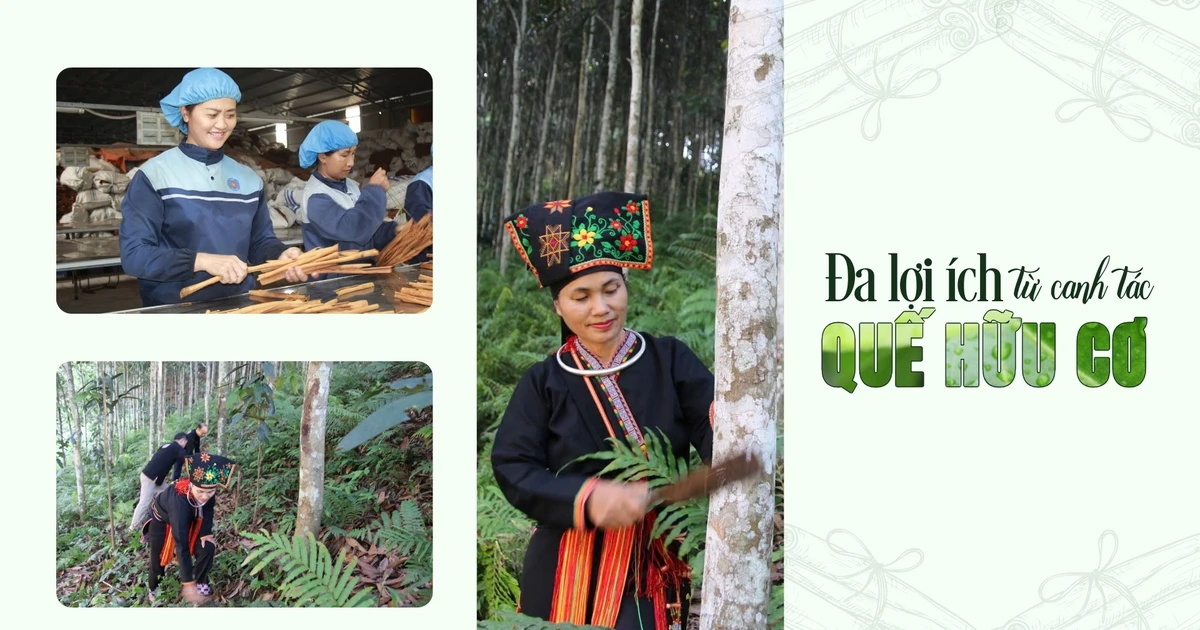




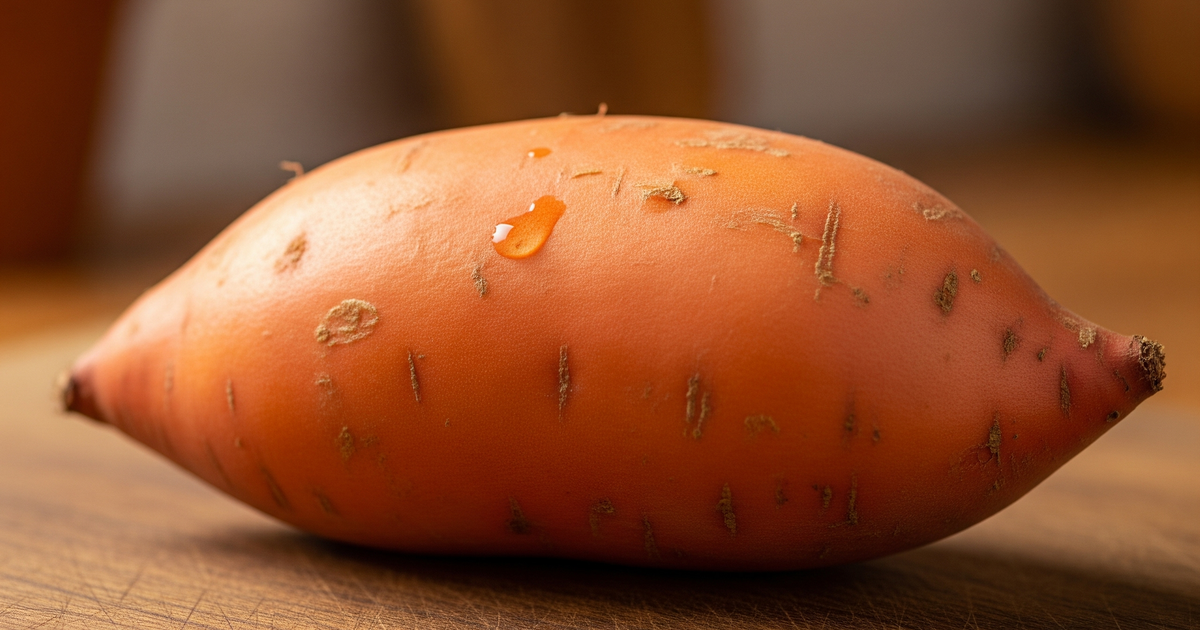




















![[Photo] An Phu intersection project connecting Ho Chi Minh City-Long Thanh-Dau Giay expressway behind schedule](https://vstatic.vietnam.vn/vietnam/resource/IMAGE/2025/8/21/1ad80e9dd8944150bb72e6c49ecc7e08)







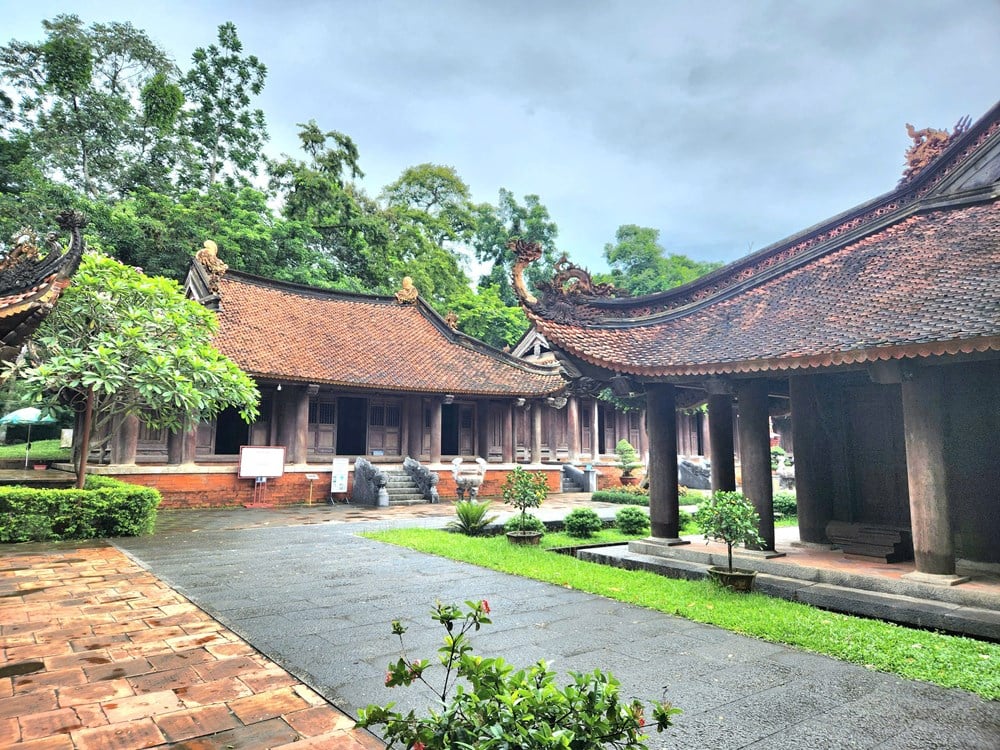
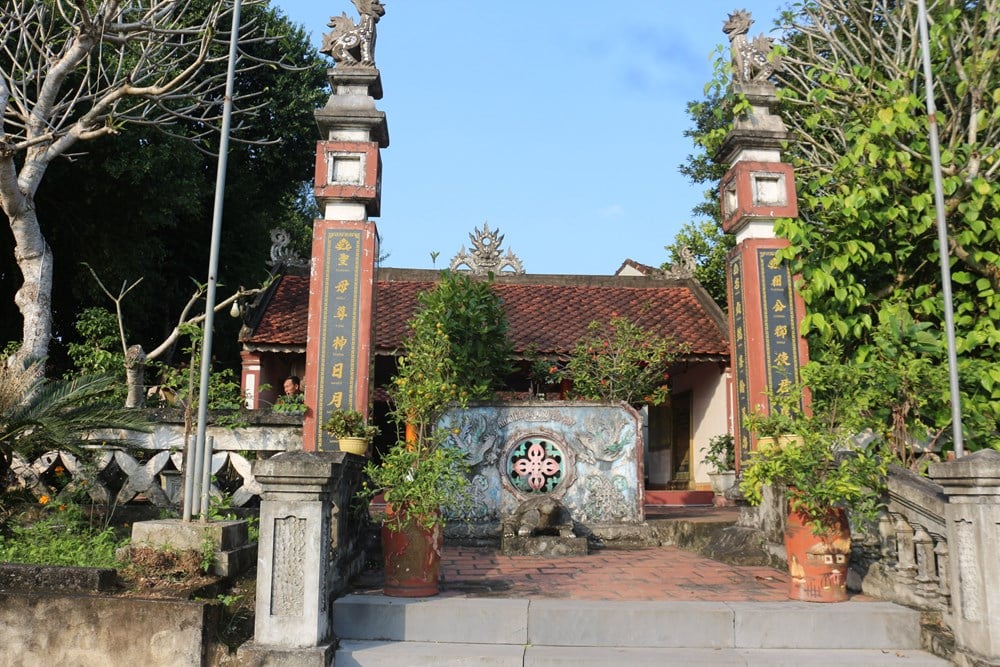





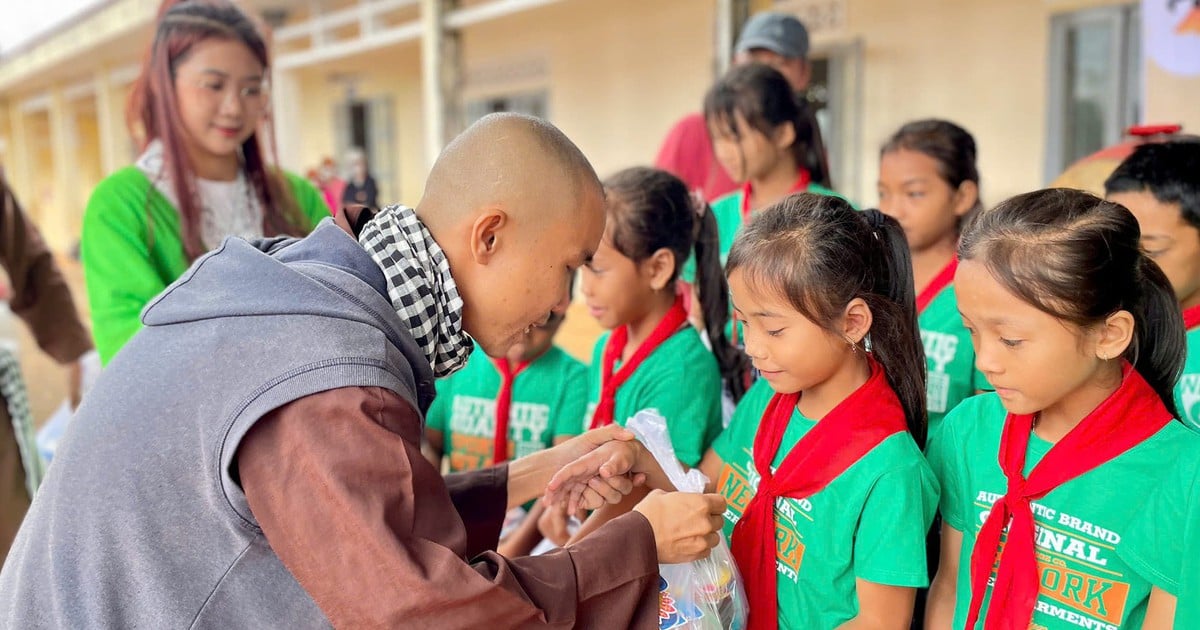








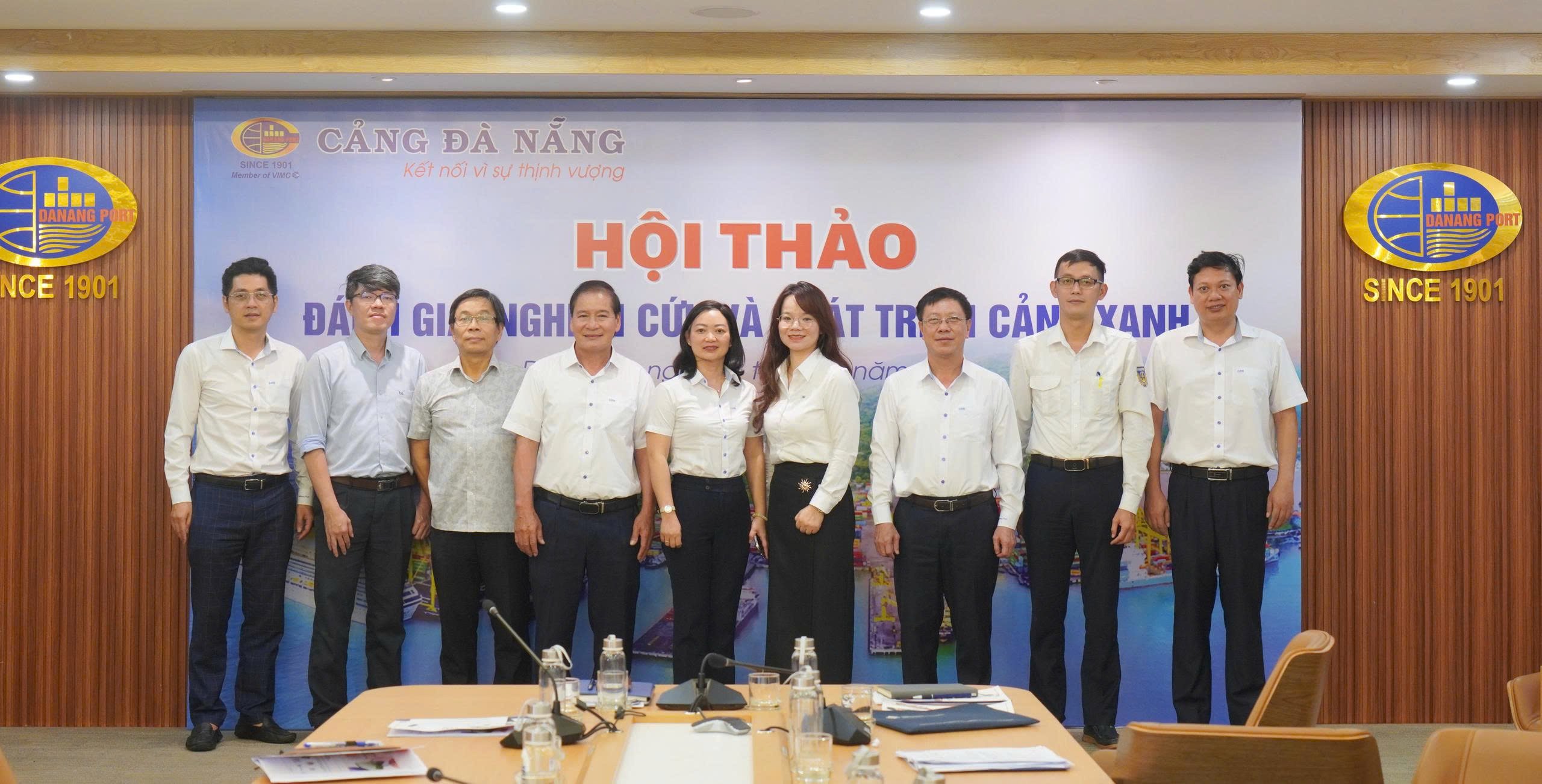


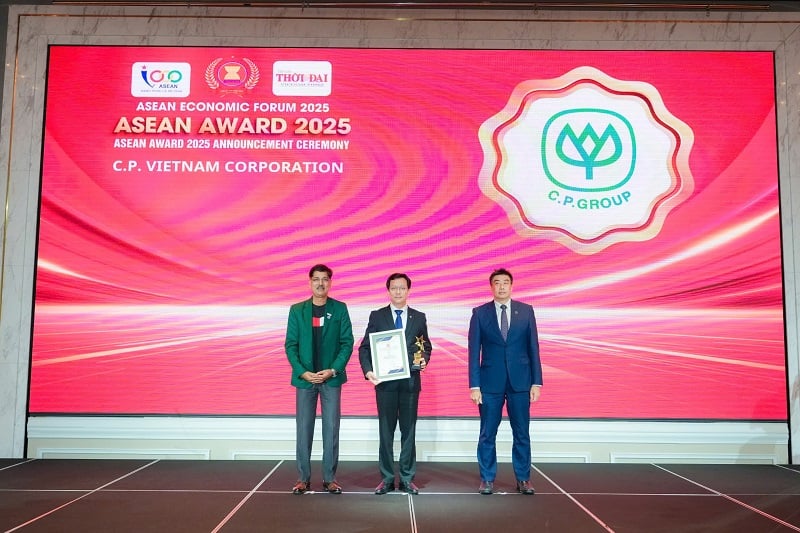






![[Photo] Politburo works with the Standing Committee of Hanoi Party Committee and Ho Chi Minh City Party Committee](https://vstatic.vietnam.vn/vietnam/resource/IMAGE/2025/8/21/4f3460337a6045e7847d50d38704355d)








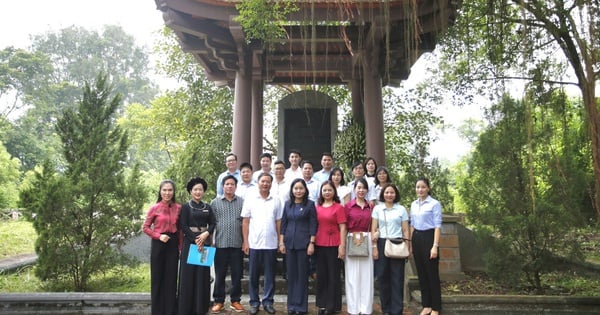








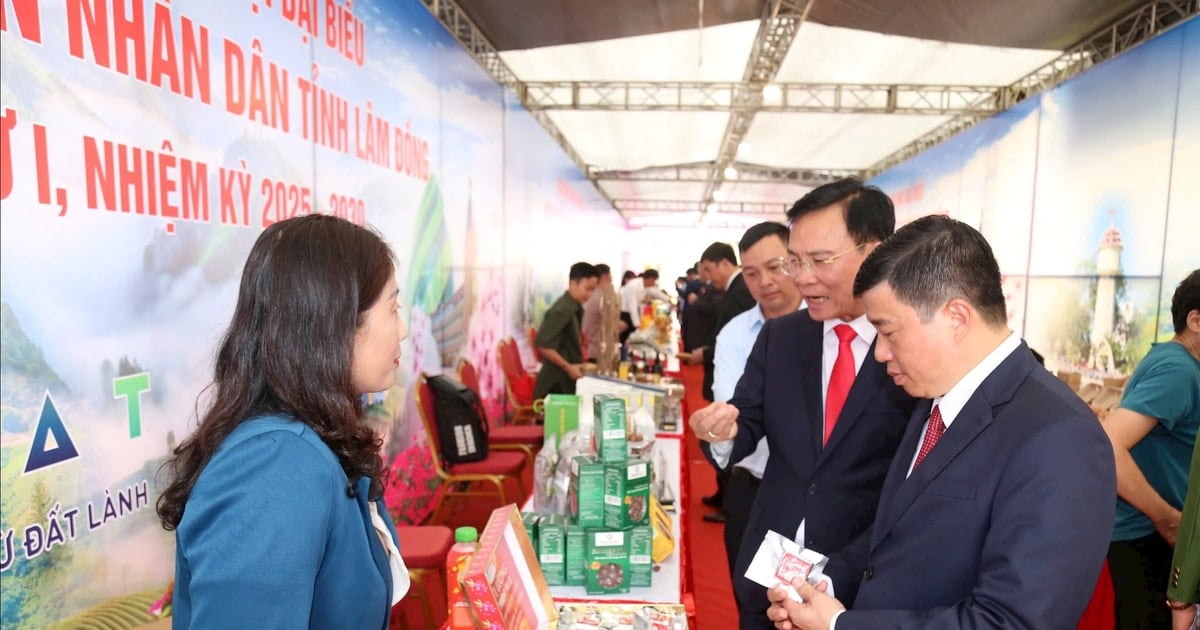

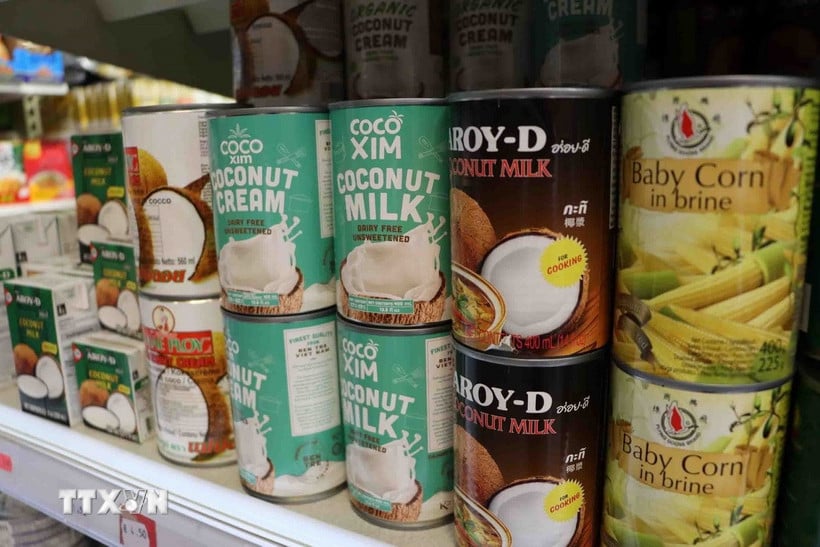

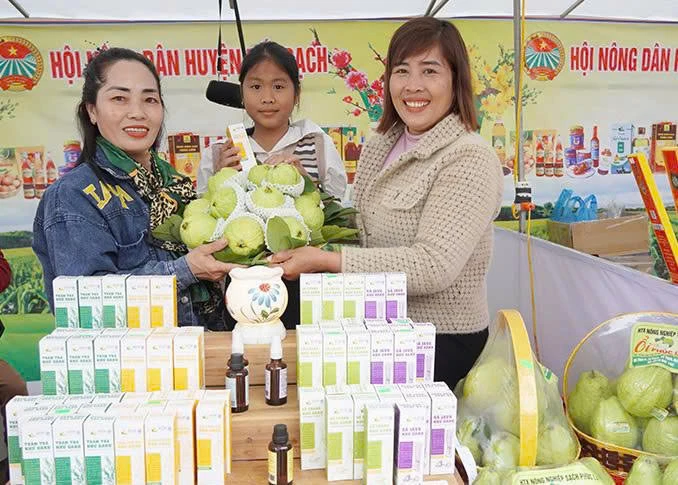




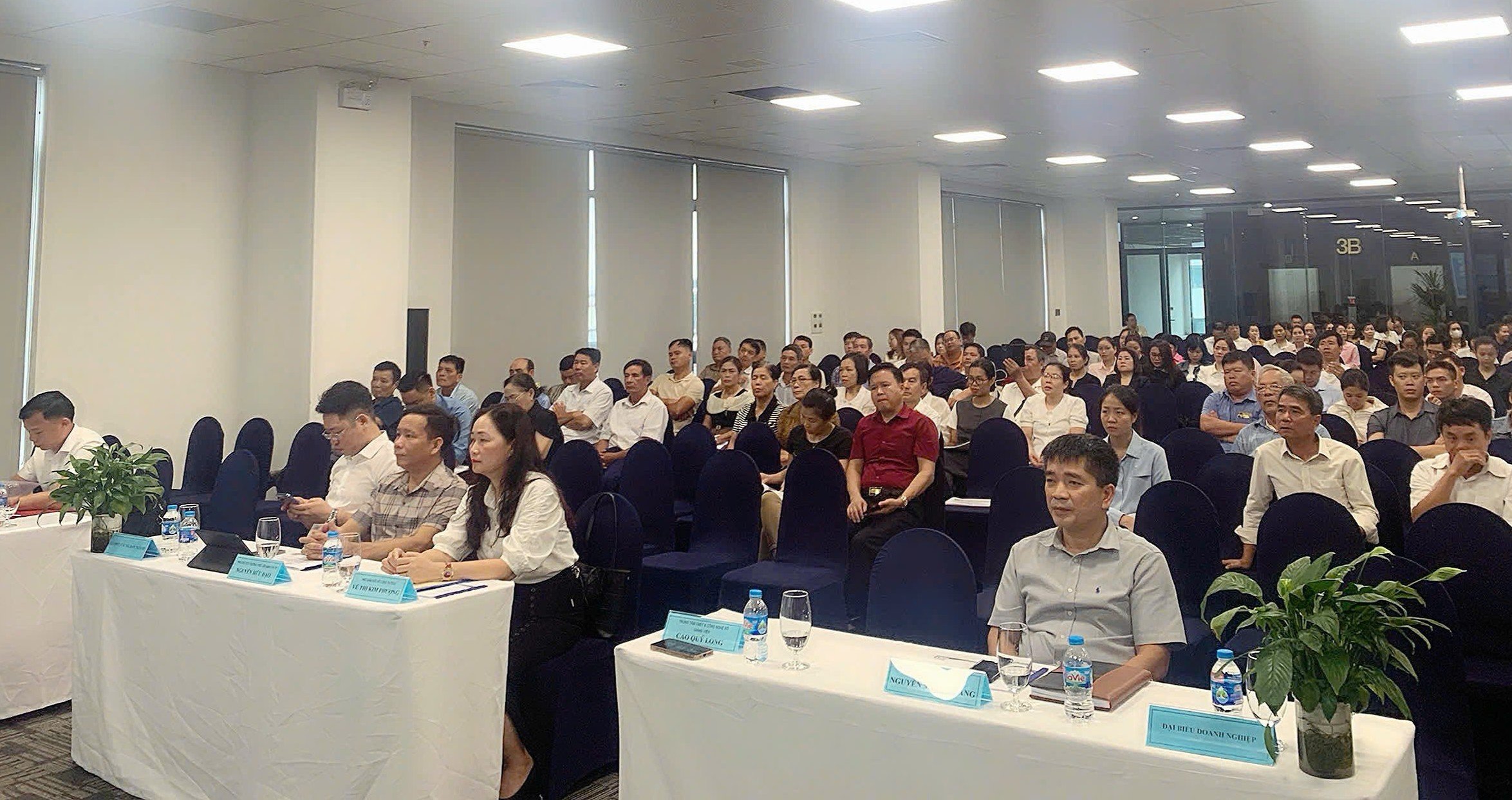






Comment (0)